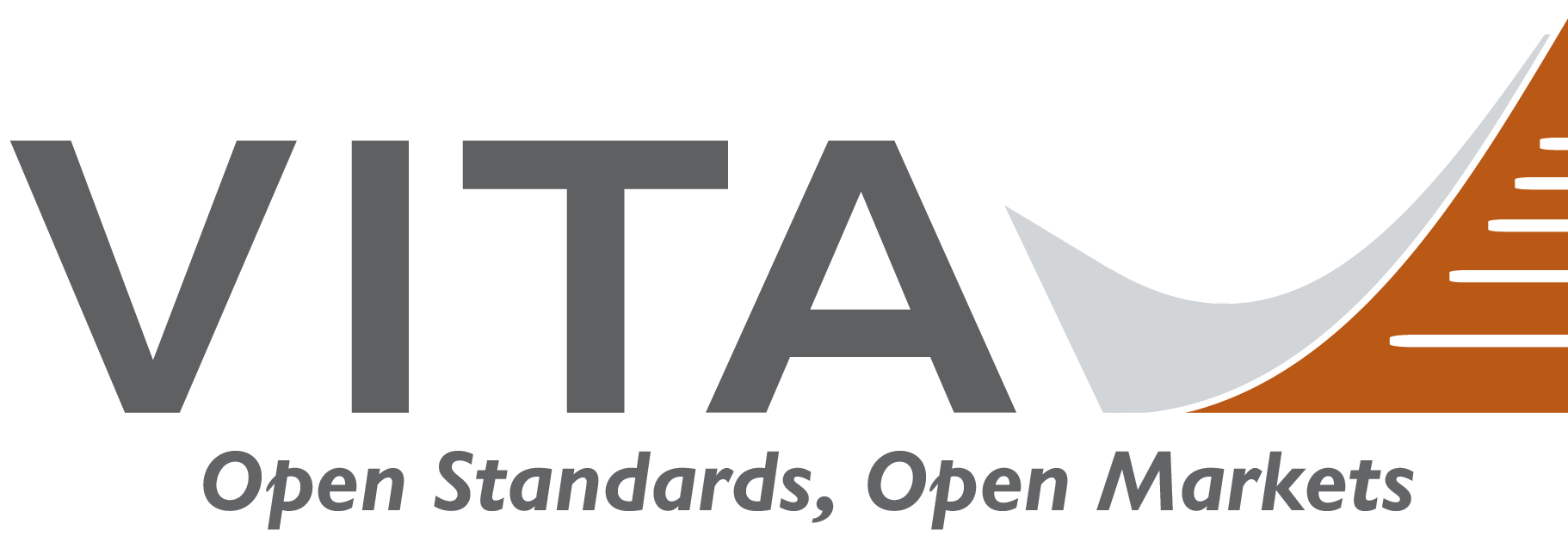Vinay Clauson, Executive Vice President, Rantec Power Systems
.png) Vinay Clauson is the executive vice president at Rantec Power Systems, bringing over 12 years of engineering leadership experience to his role at the supplier of high-performance power solutions, including VPX-based solutions, for advanced platforms. Starting as an intern within the engineering department, he worked his way up to become director of engineering and now EVP. He has played a pivotal role in driving Rantec’s innovation and growth supporting many development programs. Vinay is dedicated to delivering reliable and innovative power solutions to the military, ensuring mission-critical systems perform with high quality power solutions.
Vinay Clauson is the executive vice president at Rantec Power Systems, bringing over 12 years of engineering leadership experience to his role at the supplier of high-performance power solutions, including VPX-based solutions, for advanced platforms. Starting as an intern within the engineering department, he worked his way up to become director of engineering and now EVP. He has played a pivotal role in driving Rantec’s innovation and growth supporting many development programs. Vinay is dedicated to delivering reliable and innovative power solutions to the military, ensuring mission-critical systems perform with high quality power solutions.
WORKING WITH VITA
1. For someone not familiar with VITA 86.0, what are the key elements to understanding the benefits of this standard?
The VITA 86.0-2019 standard was created to address the limitations of VITA 62.0 in high-voltage, harsh airborne environments by defining the mechanical and electrical specifications as well as environmental and operational requirements of a power module utilizing an innovative connector pair. By adopting the VITA 86.0 standard, developers can reduce the time and cost of developing embedded systems, while also improving system reliability and interoperability in high-voltage harsh airborne environments.
2. What new design challenges do you see in power electronics used in military aircraft, and how can standards help?
Power electronics used in military aircraft face unique design challenges due to the harsh operating environments such as high altitude, extreme temperatures, shock and vibration. Additionally, power electronics must be designed to operate reliably in mission-critical systems and be able to handle increasing power demands while minimizing size, weight, and cost.
Standards can help by providing guidelines and requirements for designing and testing power electronics in these challenging environments, which can reduce development time and costs, while improving reliability and safety.
WHY ENGINEERING?
1. Did you always want to be an engineer? If so, why? If not, how’d you wind up here?
Since I was a kid, I was always curious on why things work and would enjoy the hands-on experience of taking things apart. From doing construction projects around the house with my dad to building my own computers, I really loved doing things myself and having to troubleshoot problems. Getting into engineering was a natural fit for me. With an affinity for math and physics in college, I was very interested in the core engineering coursework.
2. What has surprised you the most about the work you do with embedded computing? (or engineering in general)
One aspect of embedded computing and engineering in general that surprises many people is the level of complexity involved in designing and developing even seemingly simple COTS products. The process often requires deep expertise in multiple disciplines, such as electrical engineering, mechanical engineering, materials science and software development as well as an understanding of the application and environment in which the product will be used. A multi-disciplinary approach is paramount to ensure consistency in delivered product over the lifecycle.
3. What is one of the biggest issue currently facing engineers?
One of the biggest issues currently facing engineers in the military and aerospace power electronics industry is the need for power electronics to operate at higher power levels, while still maintaining high levels of reliability and efficiency within the same space constraints. As power electronics are pushed to handle more power and operate in more extreme environments, traditional cooling methods may no longer be sufficient, and new approaches are needed to manage the heat generated by these devices.
This challenge requires innovative designs that can handle higher temperatures without sacrificing performance or reliability. Additionally, designers must consider the impact of higher temperatures on the materials and components used in power electronics, such as the thermal expansion, derating to junction temperatures, and aging of semiconductors and capacitors.
Addressing these challenges also requires a multi-disciplinary approach, one that incorporates expertise in materials science, thermal management and power electronics design.
4. What advice would you give to someone looking into this field of engineering?
A strong foundation in engineering is essential, but leadership is also important for someone entering the field of engineering. Leadership at every level enables you to effectively work within and manage teams, collaborate with colleagues and clearly communicate technical information to stakeholders.
Off the cuff: Is there a new piece of tech coming out that you’re waiting to get your hands on?
With the prevalence of AI, I am really looking forward to AI generated designs that will assist engineers in optimizing product designs faster and more efficiently, while maintaining performance.
